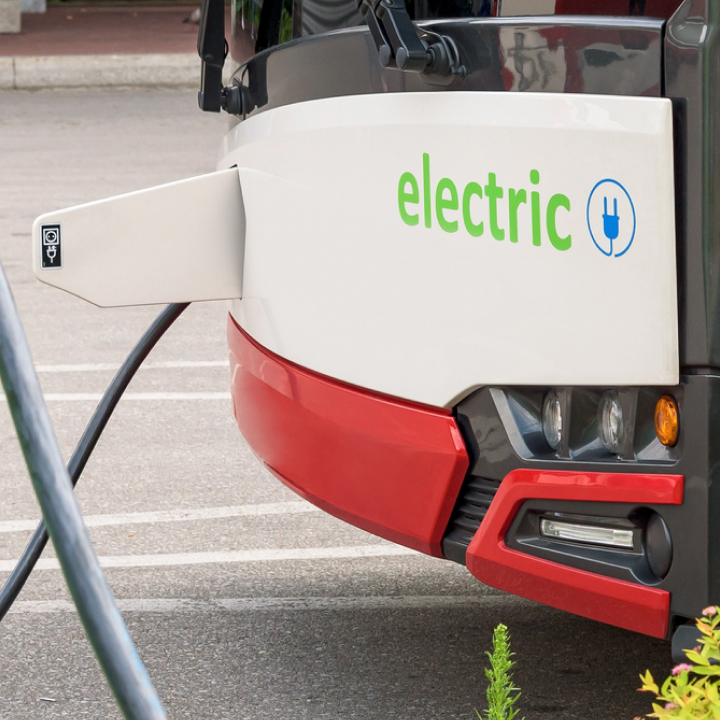While electric cars represent a big step toward reducing emissions, technological developments involving other systems in cars also enable further reductions in environmental impact. Among these, regenerative braking stands out for its benefits related to improved driving performance, energy savings, and environmental well-being.
How regenerative braking works
To better understand how regenerative braking works, let’s start with a “traditional” braking system: when we press the brake pedal, all of the kinetic energy stored by the car while driving is converted into heat by the brakes and the friction between the tires and the asphalt.
In contrast, in regenerative braking, when we lift our foot off the accelerator and during braking, some of the car’s kinetic energy is converted to electricity and stored in the battery.All of this allows the energy used to move the car not to be wasted and used to increase the car’s range.
Technically, the energy recovery process is enabled by the fact that the electric motor acts as an electricity generator during slowing down and braking. Thus, if under acceleration, the electric motor converts battery energy into movement, under braking the roles are reversed, and the car’s movement recharges the batteries.
Although the act may seem the same as traditional braking, it is worth considering that those who have never experienced a car with regenerative braking may feel a different driving feel when braking, and it may take some time to become familiar with the brake pedal. But this is just a matter of getting used to it: with regenerative braking, in fact, you need to put more pressure on the pedal, and this creates a faster and more consistent braking effect.
The benefits of regenerative braking
This innovative technology offers a number of benefits that affect consumption and our impact on the environment. Let’s find out together what they are:
- Reduced environmental impact: the energy used to move the car, some of which would be dissipated during braking, is recovered in the car’s battery. This reduces energy waste and helps reduce the environmental impact of transportation. There is also another aspect that makes regenerative braking beneficial to the environment and our health: the reduction of particulate matter. In the mobility sector, brake wear is one of the sources of emissions and affects between 11 and 21 percent to traffic-related PM10 emissions. Regenerative braking requires less use of brakes to slow a car and therefore contributes to lower PM10 emissions.
- Improved driving experience: thanks to regenerative braking, electric cars can drive more miles on a full tank of energy. Extending the distance traveled on a single charge avoids frequent stops while driving. Simply put: more energy for our car and fewer stops to recharge.
- Reduced routine maintenance: regenerative braking reduces brake wear because some of the energy generated is converted to electrical energy instead of dissipated as heat. This results in less brake wear and consequently less maintenance.
- Economic savings: energy recovery creates direct savings on electric car charging costs. By recovering braking energy, it recharges less frequently and thus saves money.
How important is regenerative braking?
In addition to the benefits everyone can enjoy driving an electric car with regenerative braking, let’s not forget the large-scale impact in the transition to more sustainable and environmentally friendly mobility. Those who take advantage of regenerative braking recover 85 percent to 90 percent of the kinetic energy that would otherwise simply go to waste. Of course, not all of the recovered energy ends up in the car’s battery. Some of it, in fact, is lost during the energy recovery process.
Looking forward, when a large proportion of cars on the road have regenerative braking, lots and lots of energy will be recovered and used.
Regenerative braking represents an important innovation in the field of mobility. Thanks to the continuous development of technology and the increasingly widespread adoption of electric cars, it is now a fundamental standard in the electric car industry-one of many building blocks, all of them important, for achieving truly sustainable mobility.




